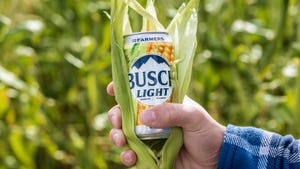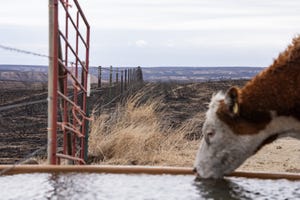Haylage And Baleage Are Alternatives To Dry Hay
Hay producers need to evaluate the added cost with the potential for improved forage quality and determine if alternatives to dry baled hay make economic sense for their business.
June 5, 2012

Harvesting quality feedstuffs can sometimes be a challenge. It can be especially challenging in late spring or early summer when too often there isn't enough time between rain events to get forages completely cured and dry enough to be baled as dry hay, says Warren Rusche, South Dakota State University Extension cow-calf field specialist.
Rusche says a number of hay producers have explored haylage and baleage as methods that allow them to harvest without needing to deal with rained-on forage.
"The largest single advantage is that the hay only needs to wilt to about 35-45% dry matter; it does not have to completely cure," Rusche says. "That means a shorter time interval between cutting and harvest and reduced risk of losing forage nutrients due to rain. Also there should be less leaf shattering by chopping at a higher moisture content, which should result in higher quality, more valuable forage."
Rusche says there are some tradeoffs to harvesting forage as haylage.
"The most obvious is different equipment is needed compared to baling hay," he says of producers needing to either purchase or hire the necessary chopping, hauling and storage equipment - unless the operation already had that equipment on hand.
Also, haylage may require more labor.
"For instance, there may be a need for one person running the chopping equipment, one hauling away from the field, plus one more running either the bagger or packing tractor; whereas harvesting the forage as baled hay could probably be accomplished with just one person," he adds.
He encourages producers to remember that once the haylage crop is harvested and stored there won't be any additional labor required.
"Baled hay would still need to be loaded, hauled and stacked before the forage could be fed," Rusche says. "A producer also needs to keep in mind that moving haylage involves handling a significant amount of water. This does limit marketing alternatives if the producer decides to sell rather than feed, as dry hay is easier to transport and more marketable."
To see the full article, click here.
You May Also Like

.png?width=300&auto=webp&quality=80&disable=upscale)

